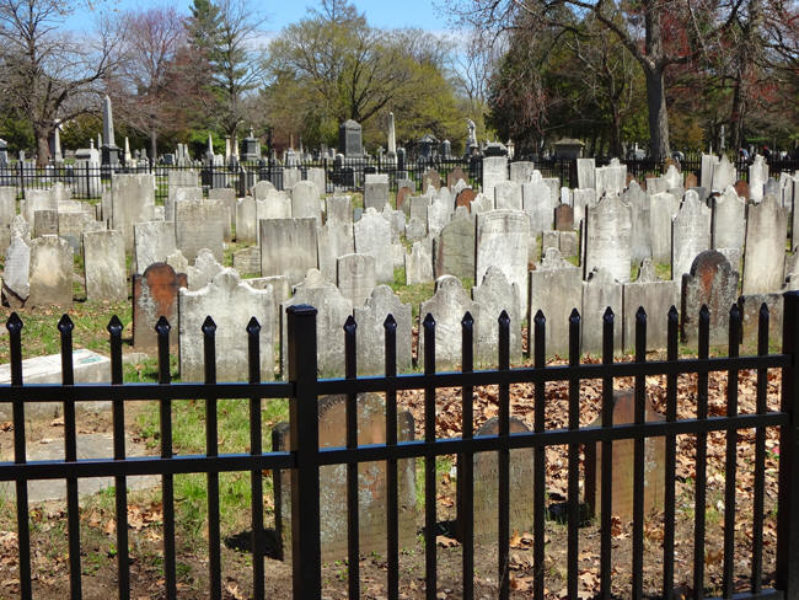"The Vale," as it was called, was a child born of the Rural Cemetery Movement, which began in 1831 at Mt. Auburn Cemetery near Boston.
At that time, inner-city burying grounds filling up as populations expanded and rampant epidemics swept through cities, increasing the death rates and creating a need for more burial sites. Indeed, many of the cemeteries of that era were nothing more than marshy wetlands that were unsuitable for building purposes.
In Schenectady about 1850, the old public burying ground in the Stockade (located at present day Front and Green streets) was in an unsanitary condition.
In 1856, the Common Council concluded the land known as the Hospital Farm, off Nott Terrace (a 38-acre plot), then a rural area outside the city, would be a suitable site for a public cemetery.
On June 2, 1857, Mayor Benjamin V.S. Veeder was authorized to oversee the road grading and tree planting for the new cemetery. Burton Thomas and John Doyle designed a park-like landscape with pastoral vistas. More than 1,000 trees of various species were planted.
Vale Cemetery was dedicated on Oct. 21, 1857, by Rev. Julius Seelye. The first burial was that of a four-year-old child, Noah Vibbard Van Vorst, on Nov. 9, 1857.

Today there are more than 33, 000 people buried in Vale’s 100 acres.
Union College president Dr. Eliphalet Nott donated the first entrance on Nott Terrace, a 66-feet wide gateway. The college, city, and the First Reformed Church all participated in Vale’s founding. In that era, the cemetery was more than a burial ground or place of mourning. Visitors would spend the day there, often with picnic lunches, while enjoying the natural surroundings, man-made lakes, and finding cool relief in the hottest months.
Through the years religious, fraternal, and military groups designed plots for their deceased members: First (Dutch) Reformed Church, German Methodist Church, Union College, the Congregational Church, the African-American Community, and the Grand Army of the Republic (G.A.R.) to name a few.
The Vale’s rural origins gradually disappeared as the city of Schenectady grew up around it. But plans are now emerging to restore monuments and roadbeds to their original grandeur.